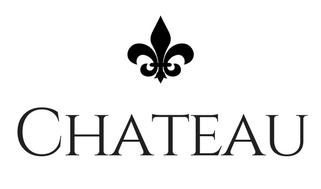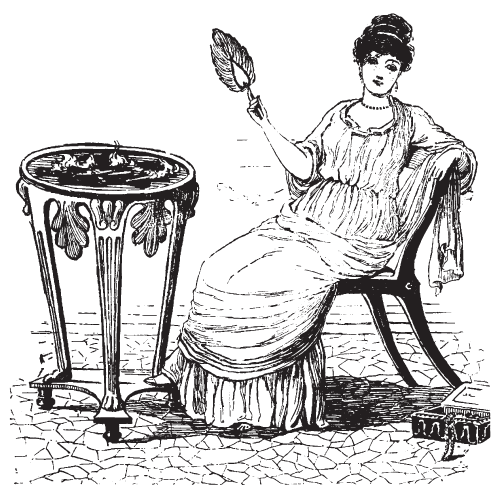The secret language of hand fans, also known as "fanology," was a sophisticated form of non-verbal communication that flourished primarily during the 18th and 19th centuries in European high society. This intricate system allowed individuals, especially women, to convey messages discreetly in a time when direct communication could be socially restricted.
The language of the fan emerged in a social context where decorum and subtlety were paramount. During balls, soirées, and other social gatherings, the strict etiquette of the time often limited direct conversation between men and women, particularly those not closely acquainted. Fans became a tool for expressing emotions, desires, and intentions without uttering a word. This silent communication method was both a practical solution to the constraints of the time and a playful, elegant form of interaction.
The gestures and positions of the fan conveyed specific messages, each movement loaded with meaning. Here are some key gestures from the secret language of fans:
Carrying the fan in the left hand: This indicated a desire to become acquainted with someone. It was an invitation for an introduction or further interaction.
Twirling the fan in the left hand: This suggested that the person was being watched. It served as a subtle alert to be mindful of one's surroundings.
Placing the fan on the left ear: This meant that the person wished to be rid of someone. It was a polite way of signaling disinterest or the desire to end a conversation.
Drawing the fan across the eyes: This signified jealousy. It was a way to express displeasure or envy discreetly.
Opening the fan wide: This indicated a willingness to talk. It invited conversation and showed openness to engagement.
Placing the fan on the right cheek: This gesture conveyed a "yes" response, whereas placing the fan on the left cheek signified "no." These simple yet powerful signals could guide courtship and social interactions.
Fanning slowly: This suggested that the person was married. It was a way of signaling one’s marital status without having to explicitly state it.
Fanning quickly: This indicated engagement. The rapid movement symbolized excitement and the commitment of being promised to another.
The fan's language provided women with a subtle means of exerting agency within the rigid structures of their society. It allowed for playful flirtation, rejection, and the exchange of confidential messages. This non-verbal communication method also added an element of mystery and elegance to social interactions, making events more engaging.
With the advent of the 20th century and changing social norms, the use of fans and their secret language declined. The need for such coded communication diminished as societal rules around interaction became more relaxed. Today, we just use our popular Sandalwood Fans to beat the heat… but we’re certainly not against folks using them for the art of seduction!

